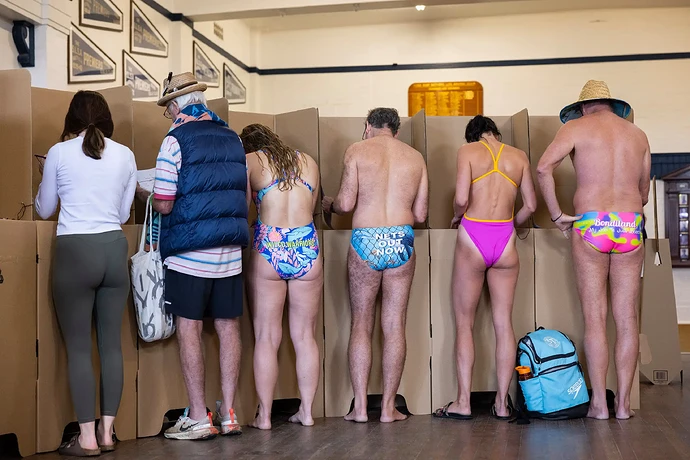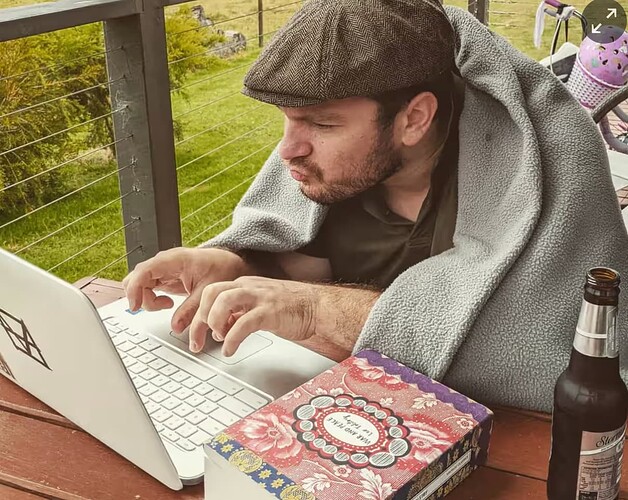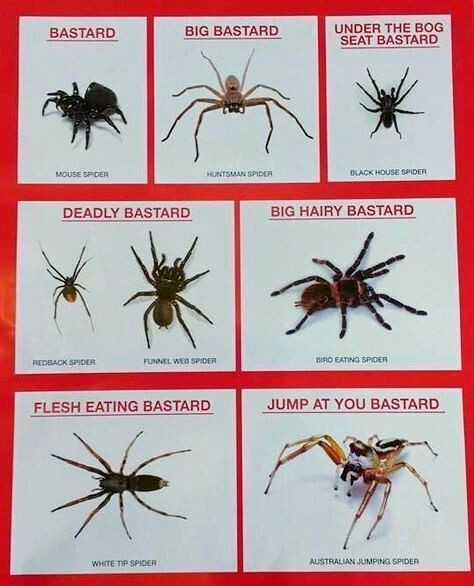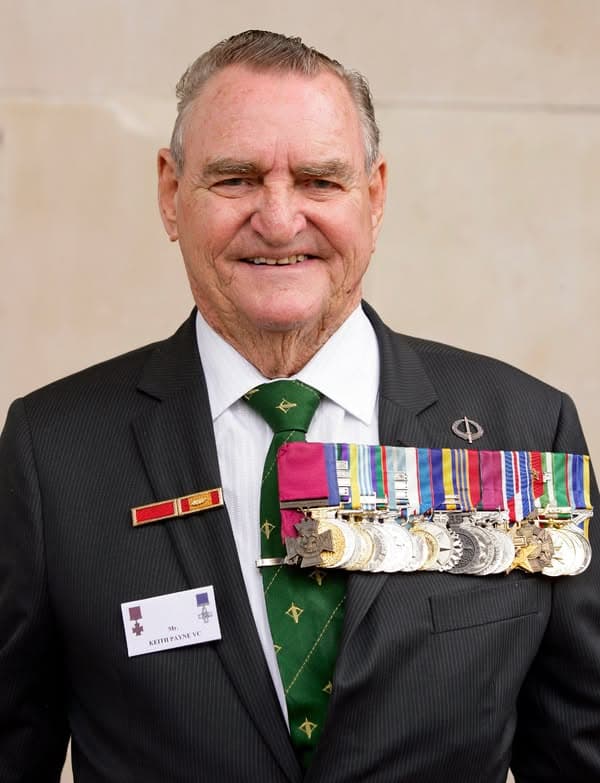The Greens are having a terrible time all around the World.
Climate emergency? What climate emergency?
Predictable foregone conclusion.
Glad I avoided the TV coverage and stayed with the Rugby League then AFL, then Villa and now Leipzig v Bayern….
What a fucking goal by Sesko
Just to add context, that electoraye includes Bondi Beach, so 90% of people will turn up to vote when on their way to/from the beach. And looking at the background you have the Honour Board and a number of photos in the shap of surf flags, so I would guess this is at North Bondi Surf Life Saving Club or Bondi Pavilion (both of which are right on the beach.
context?! phhww.. Its Straya mate, the photo doesn’t even show the crocodile and bunch of funnel webs waiting in the queue to be marked off. Yeah it’s Bondi but the point remains that elections are special here.
That is standard Bondi attire though.
You go to most of the cafes shops or bars any day of the week and you’ll be a safe bet to find more than most people in that get up.
Also, it’s deep into autumn.
It is getting into May though - the picture shows old mate alongside the budgies wearing a typical aussie winter puffer. It’s a picture that is particularly Stray-alien. And probably unique when it comes to elections.
Where do they ‘keep’ their voters and ID cards?
We don’t need them. electors just have to say their address and confirm they’ve recently wrestled with a dangerous animal and they can be marked off the roll
In their Butt Wallet :0)
Good discussion of compulsory voting and how young men in Australia are not captured to the same extent by the right:
Okay which one of you is this! @AussieLad I’m looking at you..
Aussie Lad = Anders Louis
Time to come clean, mate..
“Louis had grown up between Lilydale in the Yarra Valley and the coastal town of Wonthaggi, raised on a 90s diet of TISM, Full Frontal, meat pies and footy clubs, where Strine was like a first language among his extended family.”
Bastard should be moved to deadly bastard and big bastard should be renamed gentle friendly big bastard
Mid North NSW getting a pounding again just months after the typhoon. It’s a beautiful place, but becoming very difficult for the inhabitants ![]()
Never really saw the attraction of that part of NSW - full of bogans and anti-vaxers and nicer beaches and hinterlands elsewhere but whatever.
Important thing is I hope everyone is okay.
On this day, 56 years ago, on May 24, 1969, Warrant Officer Class II Keith Payne, 35 years old, was commanding the 212th Company of the 1st Mobile Strike Force Battalion near Ben Het Camp in Kontum Province, South Vietnam. His unit, part of the Australian Army Training Team Vietnam (AATTV), was conducting a search-and-clear operation in the highlands near the Cambodian border. The area was contested by large and well-equipped North Vietnamese Army (NVA) forces who had been maneuvering through the jungle to cut off allied positions and strike remote outposts.
That afternoon, Payne’s battalion came under a large-scale coordinated assault from an estimated battalion-sized NVA force. The attack came from three sides and was supported by heavy rocket and mortar fire. The intensity and surprise of the assault quickly overwhelmed the forward elements of the battalion. The NVA aimed to encircle and destroy the entire force in the field. The battalion commander was seriously wounded, and the two forward companies became isolated. Payne’s unit was one of them.
As the situation collapsed around him, Payne immediately took control. He moved across open terrain under direct fire from small arms, rockets, and automatic weapons. Bullets kicked up dirt around him as he sprinted between fighting positions. He shouted orders, fired his rifle, and threw grenades to push back enemy assaults that were breaking into the company’s perimeter. During this action, Payne was wounded in his hands and arms by fragments and bullets, but he remained on his feet.
He personally covered the withdrawal of the battalion headquarters group, including the battalion commander, several American advisors, and a small number of remaining troops. Once they had pulled back, Payne turned his attention to the rest of his men. He crossed the fire-swept clearing again, alone, to reach the surviving elements of his company who had become separated and disorganized.
Payne regrouped scattered soldiers under heavy fire and formed them into a new defensive perimeter. Many of them were Montagnard troops, indigenous soldiers who had lost contact with their leaders. Payne steadied them, redistributed weapons and ammunition, and got them firing again. By nightfall, he had restored a fragile defensive line and bought time.
Once darkness fell, Payne set out alone into enemy territory. The jungle was full of scattered wounded. Some had crawled away to hide. Others had been left behind in the confusion. Payne moved through the dark, avoiding enemy patrols and positions, listening for voices or groans. When he found wounded men, he treated what he could and carried several of them himself, one by one, back to the temporary perimeter. He kept moving for three hours, searching and rescuing, repeatedly risking ambush or capture.
When he finally returned to the perimeter, he learned that the rest of the battalion had withdrawn further back toward the base. Leading the group of wounded and exhausted men he had assembled, Payne guided them through more enemy territory and brought them safely to friendly lines.
He had saved the lives of approximately 40 soldiers, most of whom would have been left behind or killed. His actions prevented the complete destruction of his unit and preserved dozens of lives under impossible conditions.
For his leadership, courage, and refusal to abandon his men, Warrant Officer Class II Keith Payne was awarded the Victoria Cross, the highest award for valor in the Commonwealth. He became the first Australian soldier in the Vietnam War to receive the VC.
Payne survived the war, continued his service, and remains one of Australia’s most respected military veterans. His conduct near Ben Het on May 24, 1969 remains one of the most extraordinary examples of battlefield leadership and personal bravery in the conflict. He is still with us.



